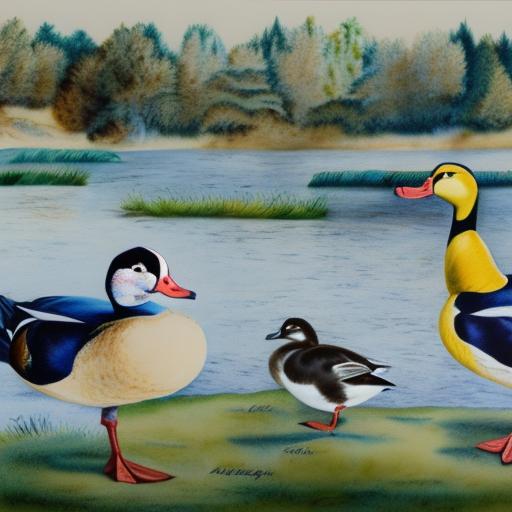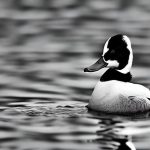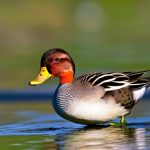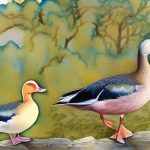English duck breeds are a diverse group of waterfowl that have been bred for various purposes, including meat, eggs, and ornamental purposes. These breeds are known for their hardiness, adaptability, and unique physical characteristics. English duck breeds have a rich history and have been an integral part of agriculture and farming in England for centuries. They are valued for their ability to forage for food, their calm and friendly temperament, and their ability to thrive in a variety of environments. English duck breeds come in a wide range of colors, sizes, and shapes, making them a popular choice for both small-scale and commercial duck farming.
Key Takeaways
- English duck breeds have a rich history and are known for their unique characteristics and physical traits.
- The origins of English duck breeds can be traced back to ancient times, with a long-standing tradition of breeding and raising ducks in England.
- English duck breeds are known for their distinctive physical traits, including various colors, sizes, and feather patterns.
- Some popular English duck breeds include the Aylesbury, Cayuga, and Runner ducks, each with their own unique qualities and uses.
- English duck breeds are valued for their meat, eggs, and pest control abilities, making them versatile and valuable for various purposes.
History and Origins of English Duck Breeds
The history of English duck breeds can be traced back to the early days of domestication, when ducks were first kept for their eggs and meat. Over time, different breeds were developed to meet the specific needs of farmers and breeders. The origins of many English duck breeds can be found in the marshes and wetlands of England, where they were bred to thrive in the damp and muddy conditions. Some of the oldest English duck breeds include the Aylesbury, the Rouen, and the Cayuga, which have been bred for centuries for their meat and egg production. These breeds were popular in the 19th and 20th centuries and were often raised on small farms and homesteads throughout England.
Characteristics and Physical Traits of English Duck Breeds
English duck breeds are known for their distinctive physical traits, which set them apart from other duck breeds. They come in a variety of colors, including white, black, brown, and speckled, and have unique markings and patterns on their feathers. Many English duck breeds have a broad, rounded body with a short neck and a wide, flat bill. They also have strong legs and webbed feet, which make them excellent swimmers and foragers. Some English duck breeds, such as the Aylesbury, are known for their large size and plump bodies, while others, like the Call duck, are much smaller and more compact. Overall, English duck breeds are known for their hardiness, adaptability, and friendly disposition, making them a popular choice for both small-scale and commercial duck farming.
Popular English Duck Breeds
There are several popular English duck breeds that are well-known for their unique characteristics and qualities. The Aylesbury is one of the most famous English duck breeds, known for its pure white feathers and large size. It is prized for its meat production and was once a popular choice for commercial duck farming in England. The Rouen is another popular English duck breed, known for its striking plumage and large size. It is often raised for both meat and ornamental purposes and is valued for its calm temperament and friendly nature. The Cayuga is a unique English duck breed with iridescent green-black feathers that shimmer in the sunlight. It is known for its excellent foraging abilities and is often raised for both meat and egg production.
Uses and Purposes of English Duck Breeds
English duck breeds have been bred for a variety of uses and purposes, including meat production, egg production, ornamental purposes, and conservation efforts. The Aylesbury, with its large size and plump body, is prized for its meat production and was once a popular choice for commercial duck farming in England. The Rouen is often raised for both meat and ornamental purposes, valued for its striking plumage and calm temperament. The Cayuga is known for its excellent foraging abilities and is often raised for both meat and egg production. In addition to their practical uses, English duck breeds are also valued for their ornamental qualities, with many breeders raising them for their unique colors and markings. Some English duck breeds are also part of conservation efforts to preserve rare and endangered breeds, ensuring that they continue to thrive for future generations.
Care and Maintenance of English Duck Breeds
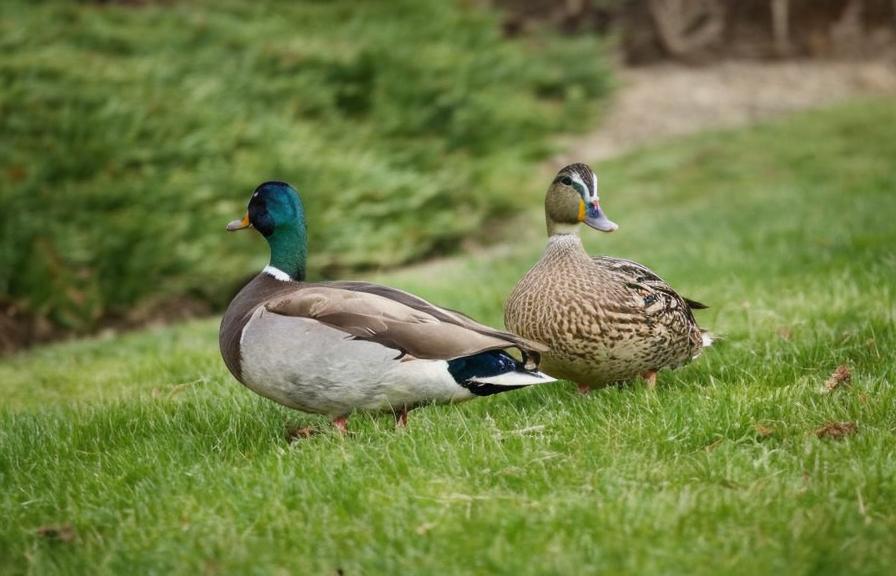
Proper care and maintenance are essential for keeping English duck breeds healthy and happy. They require a balanced diet that includes a mix of grains, greens, insects, and fresh water. It’s important to provide them with access to a pond or water source where they can swim and forage for food. Housing should be secure and provide protection from predators, as well as ample space for the ducks to move around freely. Regular health checks and vaccinations are also important to prevent diseases and parasites. Additionally, providing a clean and comfortable nesting area is essential for egg-laying breeds. Overall, English duck breeds require attentive care and maintenance to ensure their well-being and productivity.
The Future of English Duck Breeds
English duck breeds have a rich history and continue to be valued for their unique characteristics and qualities. As the demand for sustainable and locally sourced food continues to grow, there is a renewed interest in raising traditional livestock breeds, including English duck breeds. Their hardiness, adaptability, and friendly disposition make them a popular choice for small-scale farmers and homesteaders looking to raise ducks for meat or eggs. Additionally, their ornamental qualities make them a favorite among hobbyists and breeders who appreciate their unique colors and markings. As conservation efforts continue to preserve rare and endangered breeds, the future looks bright for English duck breeds, ensuring that they continue to thrive for generations to come. With proper care and attention, these diverse waterfowl will continue to play an important role in agriculture and farming in England and beyond.
If you’re interested in learning more about English duck breeds, you might also want to check out this informative article on how to care for goslings. Understanding the proper care and nurturing of young waterfowl can provide valuable insights into the overall management of ducks and geese. You can find the article here.
FAQs
What are English duck breeds?
English duck breeds are domestic duck breeds that have originated in England. These breeds are known for their unique characteristics and are popular for both ornamental and practical purposes.
What are some popular English duck breeds?
Some popular English duck breeds include the Aylesbury, the Cayuga, the East Indies, the Orpington, and the Rouen. Each breed has its own distinct features and characteristics.
What are the characteristics of English duck breeds?
English duck breeds are known for their large size, distinctive plumage colors, and calm temperament. They are also valued for their meat and egg production, as well as their ornamental appeal.
What are the uses of English duck breeds?
English duck breeds are used for various purposes, including meat production, egg laying, pest control, and ornamental display. Some breeds are also popular for exhibition and showing.
How do you care for English duck breeds?
Caring for English duck breeds involves providing them with a suitable living environment, proper nutrition, access to water for swimming, and regular health checks. It is important to ensure their safety from predators and to provide them with adequate space to roam and forage.
Meet Walter, the feathered-friend fanatic of Florida! Nestled in the sunshine state, Walter struts through life with his feathered companions, clucking his way to happiness. With a coop that’s fancier than a five-star hotel, he’s the Don Juan of the chicken world. When he’s not teaching his hens to do the cha-cha, you’ll find him in a heated debate with his prized rooster, Sir Clucks-a-Lot. Walter’s poultry passion is no yolk; he’s the sunny-side-up guy you never knew you needed in your flock of friends!

